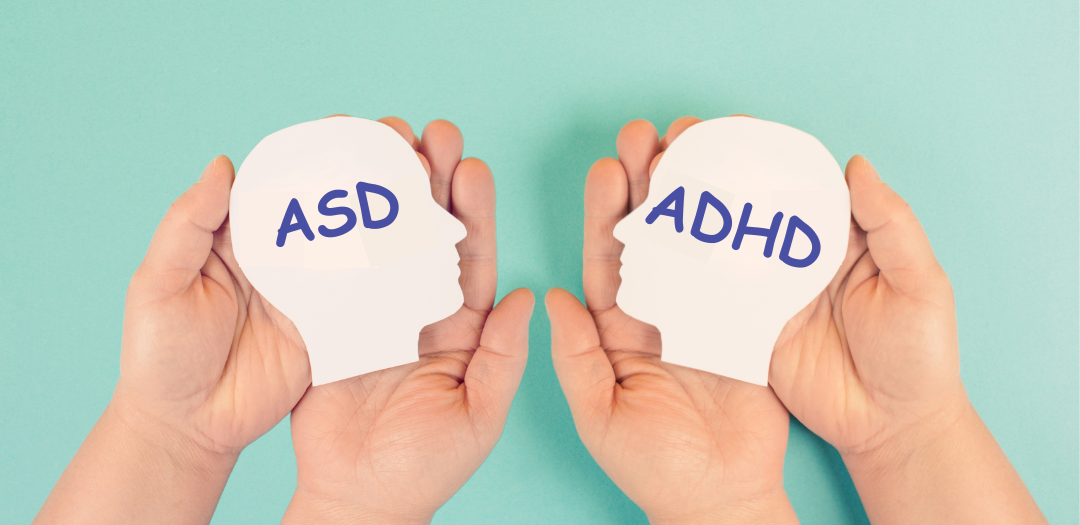
18 Mar IS IT ASD OR ADHD? RECOGNIZING EARLY SIGNS AND KEY DIFFERENCES
Neurological development varies from person to person, and within this diversity, there are conditions such as Autism Spectrum Disorder (ASD) and Attention Deficit Hyperactivity Disorder (ADHD). Both are part of neurodivergence, a concept that describes how some brains function differently from neurotypical development.
Although ASD and ADHD are distinct conditions, they share certain characteristics and can sometimes co-occur. Identifying their differences and similarities is crucial for parents and educators, especially during the first five years of life when the initial signs begin to appear. Early intervention can make a significant difference in a child’s development and well-being.
WHAT ARE THE SIMILARITIES?
- Attention difficulties:
Both conditions can involve challenges in maintaining focus. Children may appear disinterested in conversations, become easily distracted, or struggle to concentrate on a task.
- Social skill challenges:
Individuals with either condition may experience difficulties in social interaction. In ADHD, children often interrupt conversations or struggle with waiting their turn. In ASD, they may avoid eye contact, show less interest in social play, or not respond when called by name.
WHAT ARE THE KEY DIFFERENCES?
- Behavior regulation:
In ADHD, impulsivity is predominant—children may interrupt others, act without thinking, or move constantly at inappropriate times. In ASD, behavioral rigidity is more common, such as a need to follow strict routines or reacting with frustration to unexpected changes.
- Specific interests vs. inattention:
In ASD, children often develop very specific and deep interests, and may lose interest in activities that are not related to those topics. In attention and hyperactivity profiles, however, attention is more scattered, and children may quickly shift from one activity to another without completing any.
- Language and communication development:
In ASD, speech delays or difficulties maintaining fluid conversations are common, such as responding in an unusual way or not asking questions. In ADHD, while language development generally occurs within expected timeframes, children may struggle to organize their thoughts, abruptly change topics, or frequently interrupt.
- Sensory responses:
In ASD, hypersensitivity or hyposensitivity to certain stimuli (lights, sounds, textures) is a core characteristic. Hypersensitivity involves an “exaggerated” response to stimuli, while hyposensitivity refers to not reacting to stimuli that would typically capture attention. In ADHD, while some studies suggest increased sensitivity to certain stimuli, it is not a key diagnostic criterion.
WHY IS EARLY DETECTION IMPORTANT?
-
-
- Identifying signs at an early age allows for the implementation of intervention strategies that support the child’s development and quality of life.
- An accurate diagnosis helps establish an appropriate support plan, preventing future difficulties.
- Understanding these conditions early on facilitates the anticipation of support needs and the creation of a supportive environment for learning.
-
Although ASD and ADHD share some characteristics, recognizing their differences is essential to providing the appropriate support. If you suspect your child may exhibit signs of either condition, consult a specialist for an evaluation. If you have concerns, seek professional guidance—early detection can make a significant difference in your child’s life.

Sorry, the comment form is closed at this time.